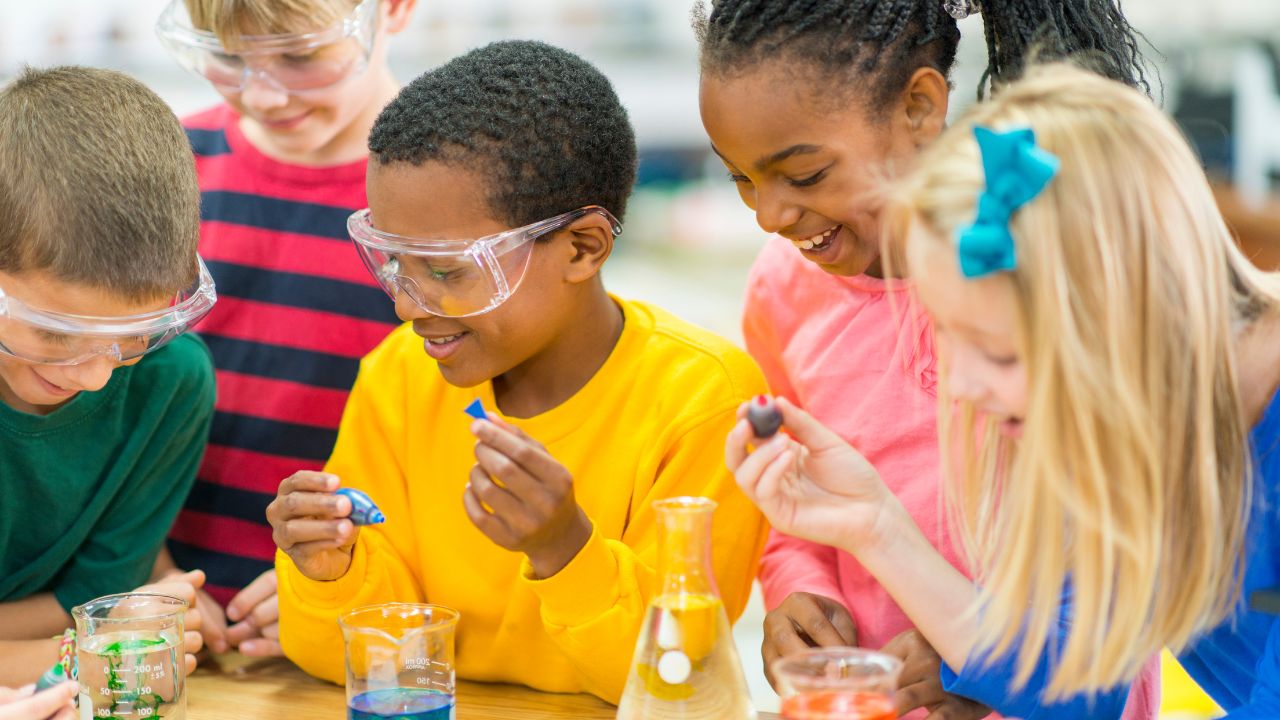
Image Source: Google
Science education has advanced significantly over the years, moving beyond traditional textbook learning to incorporate hands-on experiments and practical applications. High school science classes, in particular, have seen a shift towards emphasizing the importance of conducting experiments to reinforce theoretical concepts and enhance learning. By integrating experiments into the curriculum, students can develop critical thinking skills, improve their understanding of scientific principles, and foster a deeper appreciation for the subject. Let's explore the benefits of enhancing high school science classes with experiments.
The Benefits of Hands-on Experiments
Enhancing Understanding
- Experiments provide students with a concrete way to visualize and apply theoretical concepts learned in the classroom.
- Hands-on activities help students understand complex scientific principles by seeing them in action.
- Experiments offer a practical perspective that can deepen students' comprehension of the subject matter.
Promoting Critical Thinking
- Engaging in experiments encourages students to think critically and problem-solve in real time.
- Students learn to analyze data, draw conclusions, and make connections between different scientific phenomena.
- Experimentation fosters a sense of curiosity and inquiry, driving students to explore and investigate scientific concepts further.
Integrating Experiments into the Curriculum
Designing Engaging Experiments
- Teachers can create hands-on experiments that align with the topics being covered in the curriculum.
- Experiments should be relevant, engaging, and safe for students to conduct in a classroom setting.
- Utilizing everyday materials and resources can make experiments more accessible and cost-effective for schools.
Collaborative Learning Opportunities
- Group experiments can promote teamwork, communication, and cooperation among students.
- Collaborative learning allows students to share ideas, discuss results, and learn from each other's perspectives.
- Peer-to-peer interactions during experiments can enhance the overall learning experience and build a sense of community in the classroom.
Utilizing Technology for Experiments
Virtual Labs and Simulations
- Virtual labs and simulations provide opportunities for students to conduct experiments in a digital environment.
- Online platforms offer a wide range of interactive simulations that allow students to explore scientific concepts virtually.
- Virtual experiments can supplement hands-on activities and provide additional resources for students to enhance their learning.
Data Analysis Tools
- Technology tools for data collection and analysis can enhance the accuracy and efficiency of experiments.
- Students can use software applications to analyze experimental data, create graphs, and draw conclusions based on their findings.
- Data analysis tools help students develop essential skills in interpreting results and drawing scientific conclusions.
Encouraging a Lifelong Interest in Science
Inspiring Future Scientists
- Hands-on experiments can inspire students to pursue careers in STEM fields by showing the practical applications of science.
- Engaging in experiments fosters a love for discovery and innovation, encouraging students to explore their interests in science further.
- By making science more interactive and engaging, students are more likely to develop a lifelong interest in the subject.
Connecting Science to the Real World
- Experiments help students see the relevance of science in everyday life and its impact on the world around them.
- By connecting theoretical concepts to practical applications, students can understand how science influences various industries and technologies.
- Real-world connections foster a deeper appreciation for the value of science and its role in addressing global challenges.